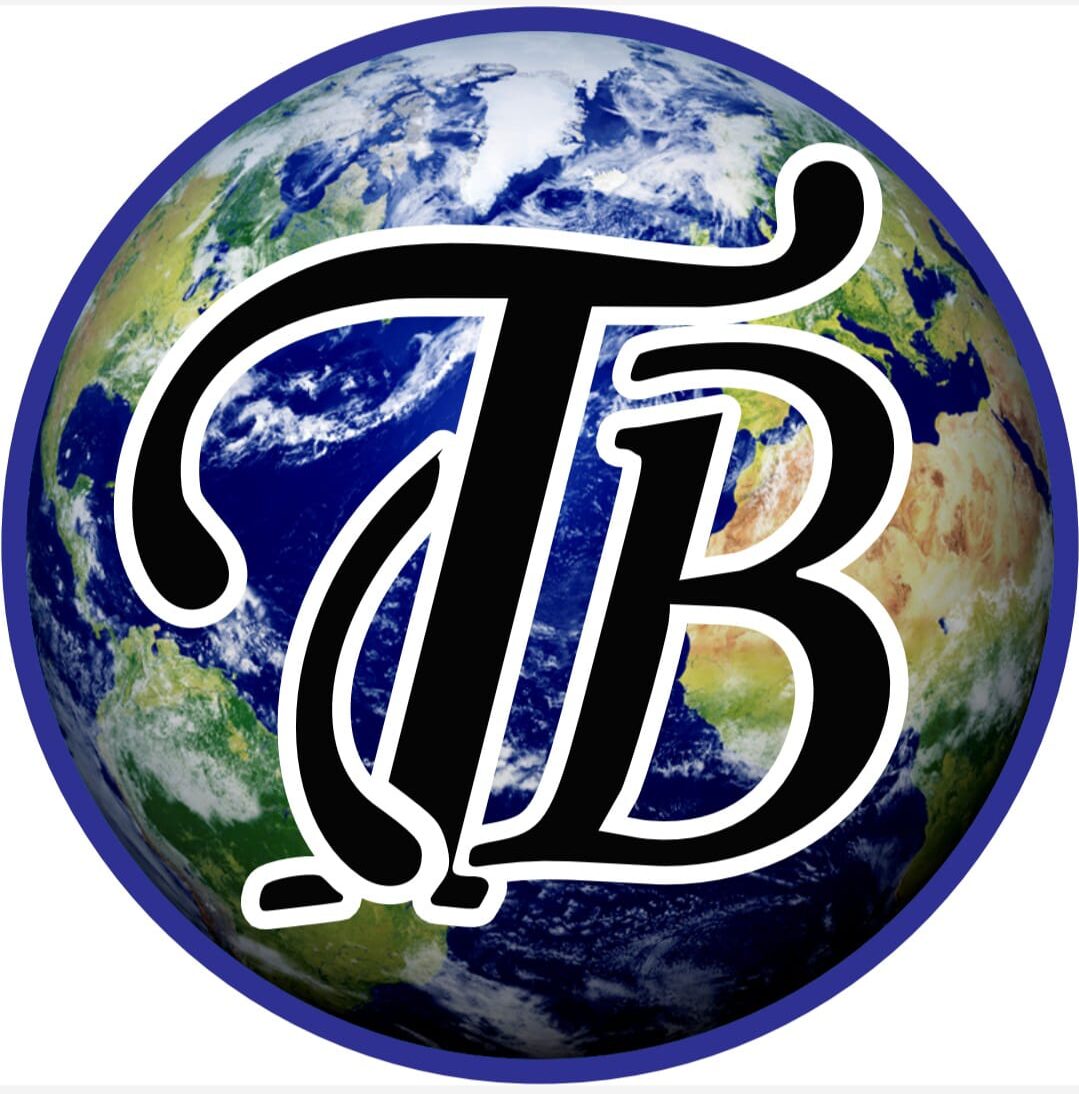Woven Fabric Parameters and Description
Woven Fabric Parameters and Description
- Fabric Weight: It is the weight of the fabric per unit area, typically measured in grams per square meter (gsm) or ounces per square yard (oz/yd²).
- Fabric Width: It is the width of the fabric, typically measured in inches or centimeters.
- Yarn Count: The yarn count denotes the thickness of the yarn utilized in the fabric, usually expressed through count systems like Ne (number English), Nm (number metric), or Tex.
- Thread Count: It is the number of warp and weft yarns per inch or centimeter of the fabric.
- Warp and Weft Density: It refers to the number of warp and weft yarns per unit length of the fabric.
- Breaking Strength:
The breaking strength measures the force needed to break the fabric, commonly assessed in pounds-force (lb-f) or newtons (N).
- Elongation: The elongation represents the fabric’s stretch before breaking, usually indicated as a percentage of the original length.
- Tensile Strength:
It is the maximum amount of force the fabric can withstand before breaking, typically measured in pounds-force (lb-f) or newtons (N).
- Tear Strength:
The tear strength measures the force needed to tear the fabric, commonly evaluated in pounds-force (lb-f) or newtons (N).
- Pilling Resistance:
It is the ability of the fabric to resist the formation of pills or small balls of fibers on the fabric.
- Abrasion Resistance: It is the ability of the fabric to resist wear and tear due to rubbing or friction.
- Colorfastness: It is the ability of the fabric to maintain its color when exposed to below conditions.
light.
washing.
dry cleaning.
Textile manufacturers and buyers utilize these parameters to assess the quality and appropriateness of woven fabrics for various applications.
